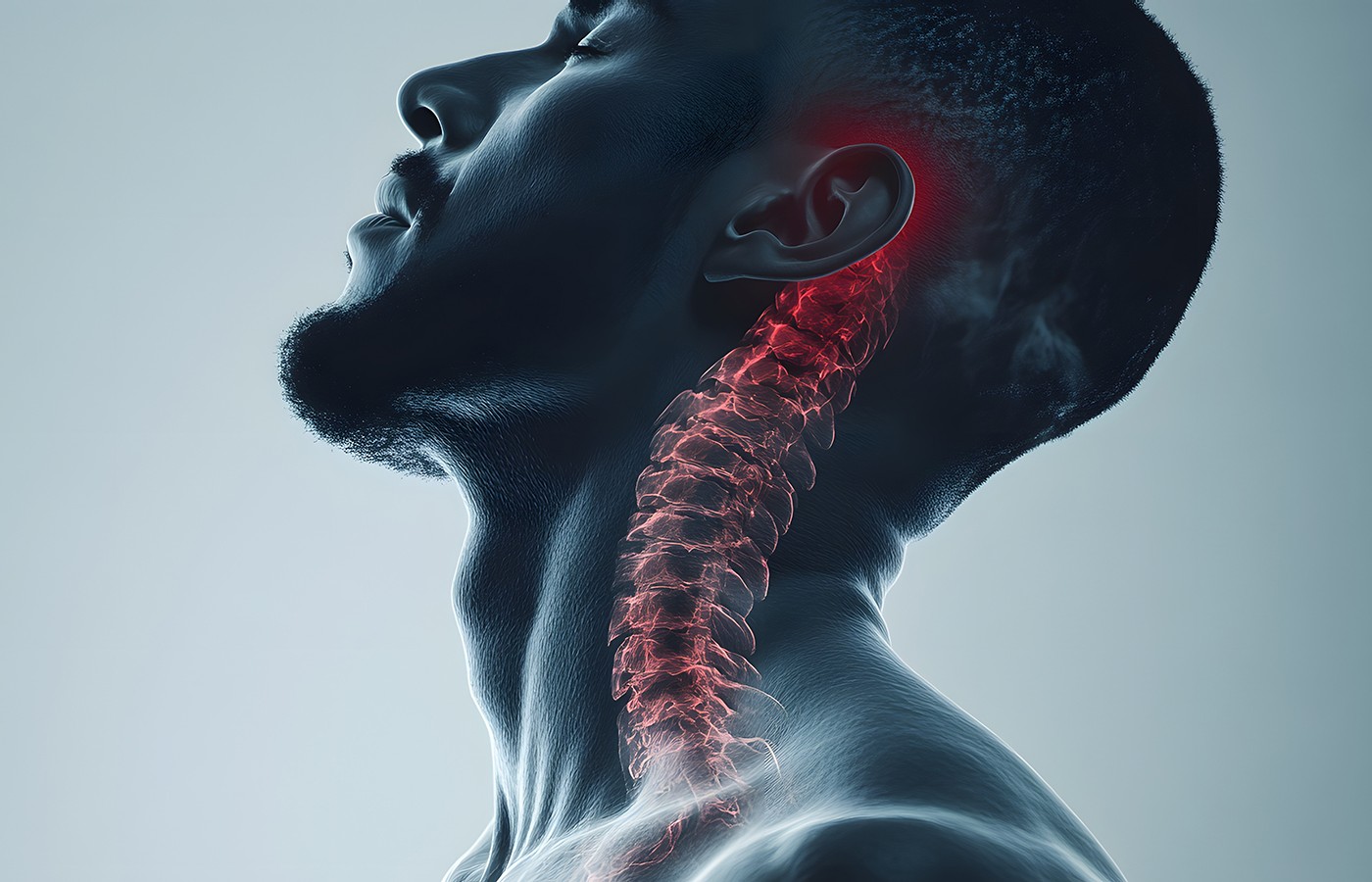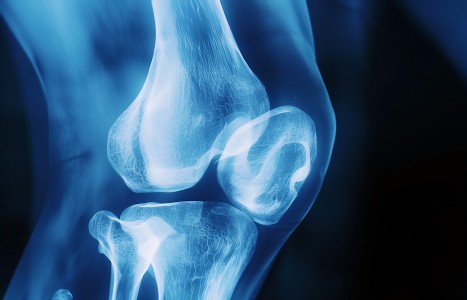This article focuses on nine severe injuries that are generally not diagnosable until the third to fourth week following the date of injury, including how to diagnose these severe injuries. The discovery of any of these injuries early can make a significant difference in the case outcome.
| Digital ExclusiveWhiplash-Associated Disorder: Use of O’Donoghue’s Maneuver
In 2021, I authored an article that discussed “Whiplash-Associated Disorder: A Path From Acute Pain to Chronic Pain.” I made the following comments in that article:
“Chiropractic physicians that accept patients following a motor vehicle incident are usually caring for patients suffering with post-traumatic, spinal sprain and strain injuries. These patients don’t present to the chiropractic physician with a mild injury, but a moderate or severe injury. Our whiplashed patients are often subjected to a path from acute pain to chronic pain. Hence, we must be capable of not only providing a diagnosis and treatment plan, but also a prognosis that will reveal the potential for chronic pain.”
Recently, I taught a 12-hour whiplash class to a group of chiropractors for continuing education. I taught that performing O’Donoghue’s maneuver enabled the providers to differentiate cervical strain from sprain.
To my surprise, one of the attendees stated that it is not possible to diagnose a cervical strain and sprain with a whiplashed patient using O’Donoghue’s maneuver. The doctor’s premise was that muscles do not feel pain when testing them with resistive range of motion because there is no sensory innervation to skeletal muscles.
I was a bit taken back by this claim, but I thought it best to research the neurological innervation of skeletal muscles and O’Donoghue’s maneuver.
O’Donoghue’s Maneuver
In order to address the issue, I researched both the procedure and the innervation of cervical muscles. It appears there is evidence that O’Donoghue’s maneuver will produce pain in muscles with resistive range of motion testing, and there is both sensory and motor innervation of the cervical muscles. Hence, a strained muscle will be painful with resistive resistance.
I clarify the procedure of O’Donoghue’s maneuver with the description of the procedure from the textbook, Photographic Manual of Regional Orthopaedic and Neurological Tests by Joseph J. Cipriano:1
Procedure
With the patient seated, put the cervical spine through resisted range of motion, then through passive range of motion.
Rationale
Pain during resisted range of motion or isometric muscle contraction signifies muscle strain. Pain during passive range of motion may indicate a sprain of any of these ligaments, alar ligaments, transverse ligaments, supraspinous ligament, interspinous ligament, ligamentum flavum, articular capsule, intertransverse ligaments, posterior longitudinal ligament, and anterior longitudinal ligament.
Note
This maneuver can be applied to a joint or series of joints to determine ligamentous or muscular involvement. Since resistive range of motion mainly stresses muscles and passive range of motion mainly stresses ligaments, you should be able to determine between strain and sprain or a combination thereof.
According to Joshua A. Waxenbaum of the NYIT College of Osteopathic Medicine, the cervical nerves do provide both motor and sensory innervation to the cervical spine muscles:2
Cervical nerves are spinal nerves that arise from the cervical region of the spinal cord. These nerves conduct motor and sensory information via efferent and afferent fibers, respectively, to and from the central nervous system.
It is my opinion that if chiropractic clinicians are to assume the responsibility of evaluating and managing whiplashed patients, they will need to diagnose cervical strains and sprains, as I stated in the 2021 Dynamic Chiropractic article and reproduced above.
The diagnosis of a cervical sprain and strain requires a comprehensive evaluation that includes taking a history of the present illness, review of the medical records regarding the injury (including imaging and lab studies), a physical examination, and finally a differential diagnosis process that generates a working diagnosis. Proper documentation of the process that leads to the diagnosis of the cervical sprain and strain is essential.
A Few Suggestions
During the history taking, start off with the chief concern, which should be documented in the patient’s own words. Example: “I hurt my neck in a car accident.” Then ask the patient to point to the area of pain, which should be followed by palpation of the painful tissues. If the patient points to the right side of the lower and upper cervical spine, palpation might reveal pain in the posterior cervical muscles, the ligamentum nuchae and the area of the capsular ligaments.
This sequence of history taking, and palpation helps you to identify the injured tissues and demonstrates to the patient that you are capable of finding the cause of the neck pain by reproducing the chief-concern pain.
Once you have completed the history-taking process, you should have a list of differential diagnoses. I suggest the whiplashed patient will present with grade 2 cervical strain and sprain of the upper and lower cervical spine because of the whiplash injury biomechanics, which reduce the “C” curve and create a “S” curve that injures soft tissues in the upper and lower cervical spine.
Utilizing palpation and O’Donoghue’s maneuver should enable you to differentiate cervical sprain and strain injuries. It is during the physical examination that you will rule in and rule out your differential diagnoses utilizing orthopedic tests and neurological examination. It is necessary to reproduce the patient’s chief-concern pain in order to complete the differential diagnosis process.
Finally, I offer this definition of an orthopedic test for your consideration: “An orthopedic test is most often a provocative test that reproduces the patient’s chief concern pain with stretching, compressing, and contracting in order to identify the injured tissues.”
Quiz Time
- Is O’Donoghue’s maneuver an orthopedic test that differentiates strain from sprain? True or False
- Are skeletal muscles in the cervical spine innervated with both sensory and motor nerves? True or False
Answers: 1. True. 2. True.
References
- Cipriano JJ. Photographic Manual of Regional Orthopaedic and Neurological Tests, 5th Edition. Lippincott Williams & Wilkins, 2010.
- Waxenbaum JA, Reddy V, Bordoni B. Anatomy, Head and Neck: Cervical Nerves. StatPearls [Internet]. Treasure Island, FL: StatPearls Publishing, 2024.



